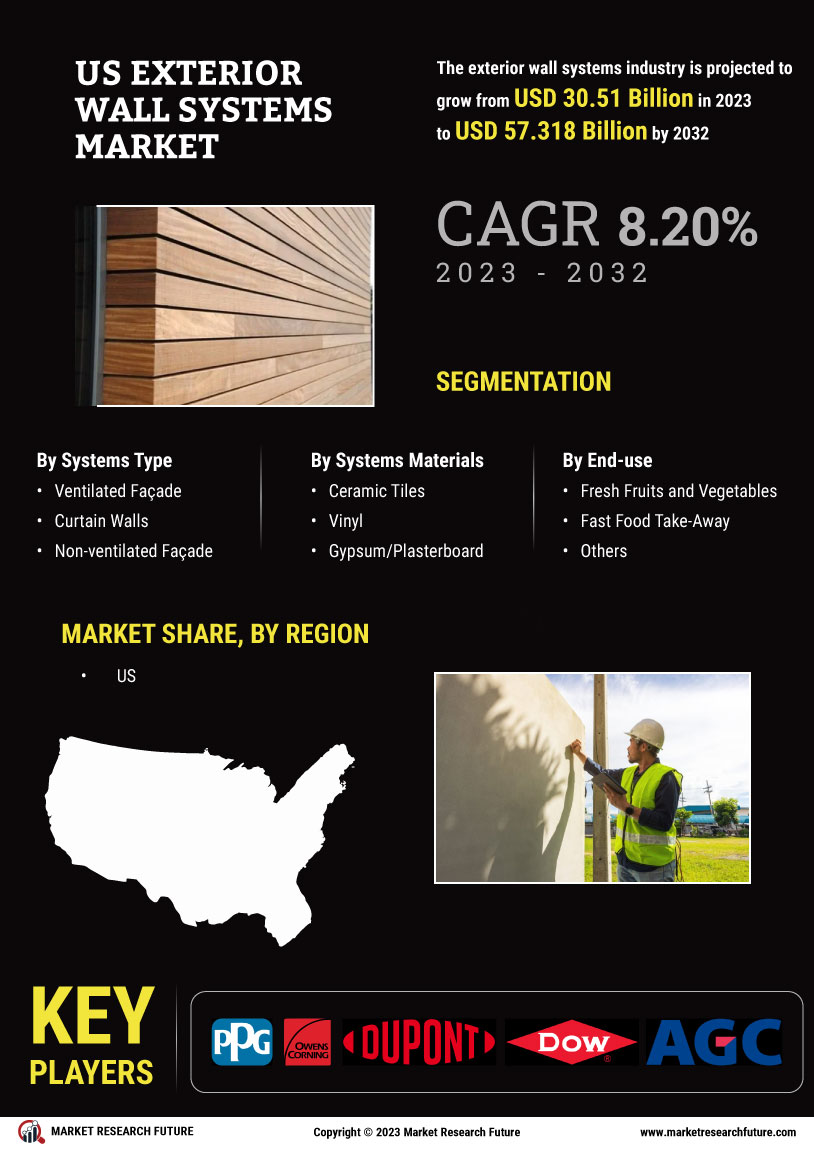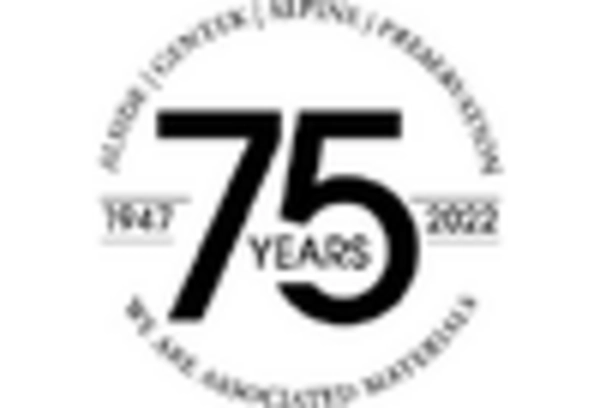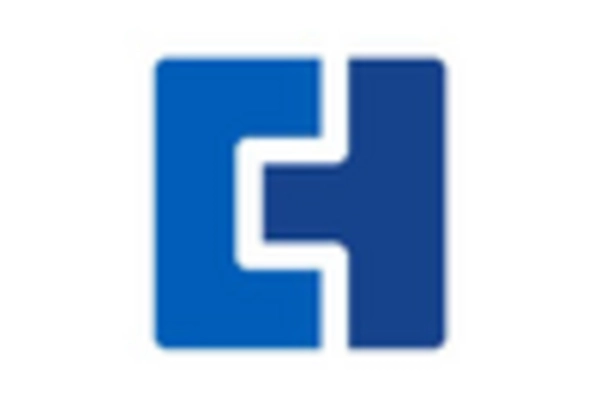Aesthetic Trends
Aesthetic trends significantly impact the US Exterior Wall Systems Market, as consumers increasingly seek visually appealing designs. The demand for customizable exterior wall systems is on the rise, driven by the desire for unique architectural expressions. This trend is evident in the growing popularity of materials that offer a variety of textures, colors, and finishes. As homeowners and commercial property developers prioritize aesthetics, manufacturers are responding by providing innovative solutions that enhance the visual appeal of buildings. The market is witnessing a shift towards products that not only meet functional requirements but also contribute to the overall design narrative. This focus on aesthetics is likely to drive growth in the sector, as it aligns with the broader trend of personalization in construction and design. Consequently, aesthetic trends are a vital component influencing the US Exterior Wall Systems Market.
Regulatory Compliance
Regulatory compliance is a critical driver in the US Exterior Wall Systems Market. As building codes and standards become more stringent, manufacturers are compelled to adapt their products to meet these requirements. This compliance not only ensures safety and quality but also influences market dynamics. For instance, the implementation of energy efficiency standards has led to a notable increase in the demand for high-performance exterior wall systems. The market is projected to see a shift towards products that comply with the latest regulations, which may account for a significant portion of new construction projects. Additionally, adherence to fire safety and environmental regulations is becoming increasingly important, further shaping product development and innovation within the industry. Thus, regulatory compliance is not just a necessity but a driving force behind the evolution of the US Exterior Wall Systems Market.
Sustainability Initiatives
The US Exterior Wall Systems Market is increasingly influenced by sustainability initiatives. As environmental concerns gain prominence, builders and architects are prioritizing eco-friendly materials and energy-efficient designs. This shift is reflected in the growing demand for products that meet stringent environmental standards. For instance, the market for sustainable exterior wall systems is projected to grow at a compound annual growth rate of approximately 7% over the next five years. This trend not only aligns with regulatory requirements but also appeals to environmentally conscious consumers, thereby driving innovation in the sector. Manufacturers are investing in research and development to create materials that reduce carbon footprints, enhance energy efficiency, and promote recycling. Consequently, sustainability is not merely a trend but a fundamental driver shaping the future of the US Exterior Wall Systems Market.
Technological Advancements
Technological advancements play a pivotal role in the evolution of the US Exterior Wall Systems Market. Innovations such as smart materials and prefabrication techniques are transforming traditional construction methods. The integration of technology allows for enhanced performance, durability, and energy efficiency in exterior wall systems. For example, the adoption of Building Information Modeling (BIM) has streamlined the design and construction processes, leading to reduced waste and improved project timelines. Furthermore, the market is witnessing a rise in the use of advanced insulation materials that contribute to energy savings. As technology continues to evolve, it is expected that the US Exterior Wall Systems Market will experience a surge in demand for high-performance products that leverage these advancements, potentially increasing market value significantly in the coming years.
Economic Growth and Urbanization
Economic growth and urbanization are fundamental drivers of the US Exterior Wall Systems Market. As urban areas expand and populations increase, the demand for new residential and commercial buildings rises. This growth necessitates the use of advanced exterior wall systems that can accommodate the needs of modern architecture. The market is expected to benefit from ongoing urban development projects, which are projected to increase significantly in the coming years. Additionally, economic factors such as rising disposable incomes and increased investment in infrastructure contribute to the demand for high-quality exterior wall systems. As cities evolve, the need for durable, energy-efficient, and aesthetically pleasing wall systems becomes paramount. Therefore, economic growth and urbanization are likely to remain key drivers shaping the future landscape of the US Exterior Wall Systems Market.


















Leave a Comment